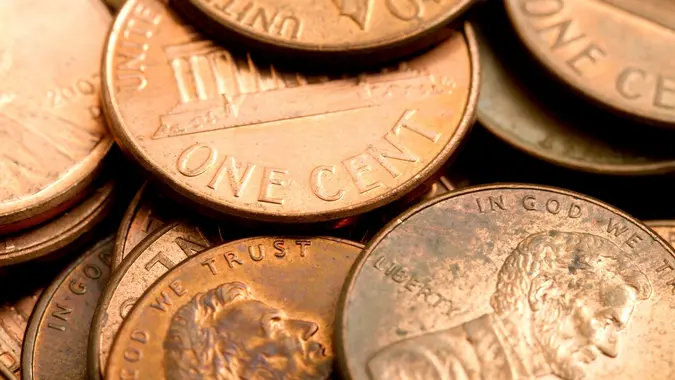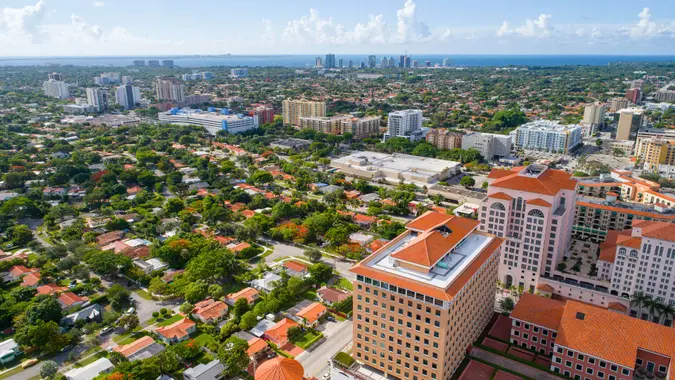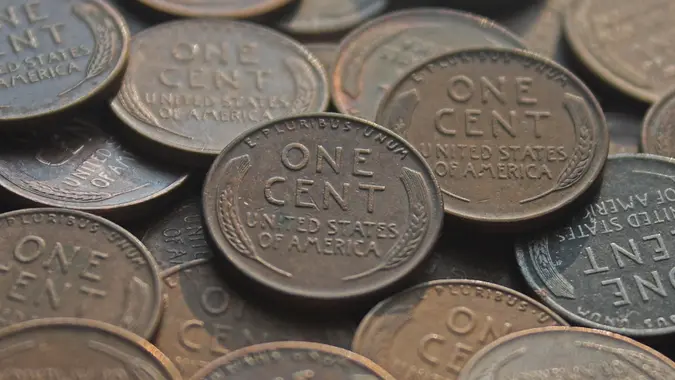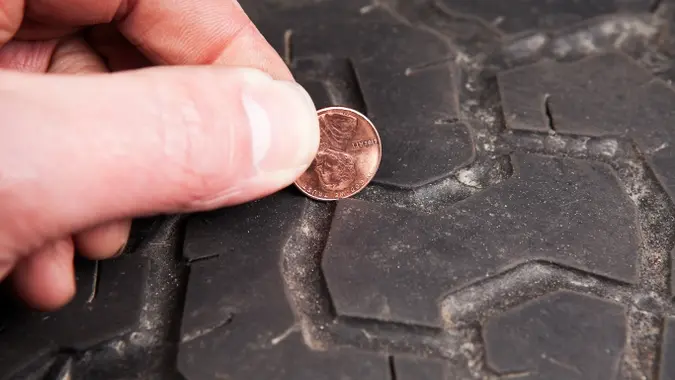Jaspreet Singh: This Is How To Build Wealth in America’s Economic System

Commitment to Our Readers
GOBankingRates' editorial team is committed to bringing you unbiased reviews and information. We use data-driven methodologies to evaluate financial products and services - our reviews and ratings are not influenced by advertisers. You can read more about our editorial guidelines and our products and services review methodology.

20 Years
Helping You Live Richer

Reviewed
by Experts

Trusted by
Millions of Readers
With the prices of goods and services rapidly rising across America, many people find it difficult to entertain the idea of building wealth. Many believe the system works against them and that only the rich get richer. While there is something to those claims, there are also things that you can do to build wealth.
Jaspreet Singh, personal finance expert and host of the Minority Mindset YouTube channel, breaks down how the American economic system works and how you can build wealth from it in a recent video. He demonstrates that it’s entirely possible to use America’s economic system to your benefit.
How America’s Economic System Works
To understand how to build wealth in America, it’s essential to understand the system that supports it. The American economic system separates into three roles: consumers, investors and entrepreneurs.
Many Americans fall into multiple roles, but everyone is a consumer. Consumers are people who pay for goods and services that they use. Because everyone needs to buy food, clothes and housing, everyone is a consumer. Investors put money into businesses or property, expecting to make more money from doing so. Finally, entrepreneurs are individuals who create new businesses.
Inflation is one of the most significant factors affecting the relationship between these three roles. Inflation is the rate that the prices for goods and services rise over time. Singh explains that even though inflation has dropped from 8.3% in 2022 to 3.4% in 2023, it has a lasting effect because it compounds.
For example, if you purchased something at the beginning of 2022 for $10, at the end of the year, that item would cost $10.83. While 2023’s inflation rate was much lower, the inflation compounded, affecting the original $10 and the $0.83 rise from 2022. This prices that item at $11.20 at the end of 2023.
Inflation is inevitable. However, it creates a system of winners and losers where some get rich, and many others become poor.
The Winners and the Losers
In the American economic system, most people are only consumers. With the rising costs due to compounding inflation, consumers suffer the most as they must pay more for the same goods and services as time passes. A House Pulse Survey conducted by the Census Bureau found that almost half (47.2%) of the respondents were very stressed about the inflation hike after 2022, showing that the consumers are the losers of America’s economic system.
While inflation has become a larger problem for consumers in recent years, it benefits the other side of the American economic system. When consumers pay more for products and services, businesses receive more money, benefiting entrepreneurs. As businesses gain more profits, they can expand and grow. This in turn helps the investors, who profit from the success of a business.
Because of this, Singh explains that you cannot just remain a consumer to build wealth in America. You must become an investor to benefit from how the system works.
A Decade of Sacrifice
To really benefit from the American economic system, Singh advises everyone to partake in what he calls a decade of sacrifice. For this, he urges you to take 10 years to build up your investments. In most cases, you’ll need to make some sacrifices, such as going on fewer vacations, purchasing a cheaper car or passing on designer bags. While it can be a challenge, it can really pay off over time.
By staying consistent with your weekly or monthly contributions to your investments, your wealth will compound over time. Compounding interest works the same way compounding inflation does. When you invest $1,000 and receive 8% interest on the year, you’ll have $1,080 at the end of the year. If your investment gains an additional 8% interest the next year, you’ll end up with $1,166.40.
Combining compound interest with regular payments for a decade can produce excellent results. Singh notes that when you invest, it’s vital to have a goal in mind from the beginning. Some common investing goals are capital appreciation, capital preservation and tax efficiency. In Singh’s case, he invests for cash flow.
By investing in dividend stocks or real estate, where you get regular income from dividend payments or rent, your investments will begin to pay you back. With enough money invested, you’ll have a monthly income you won’t need to work for. The more you put back into your investments, the more you’ll make from them in the future, which is how you can use America’s economic system to build wealth.
More From GOBankingRates
 Written by
Written by  Edited by
Edited by 

























